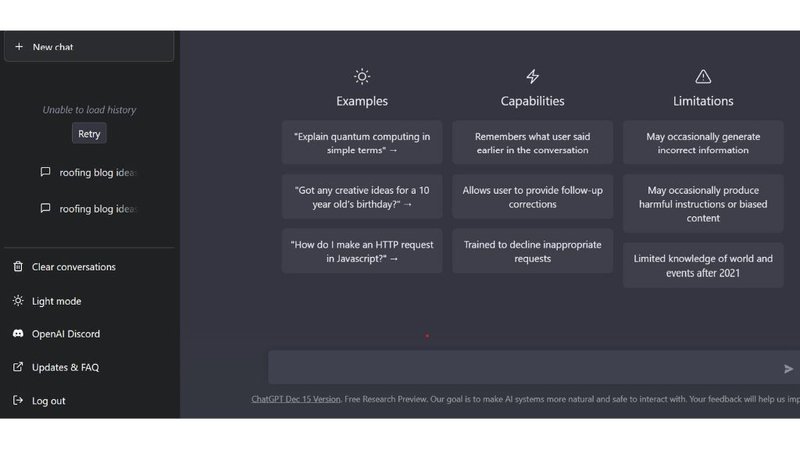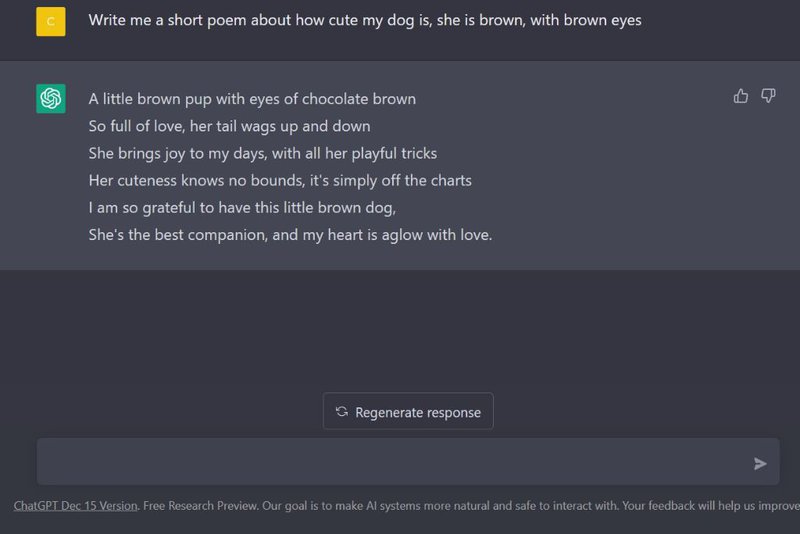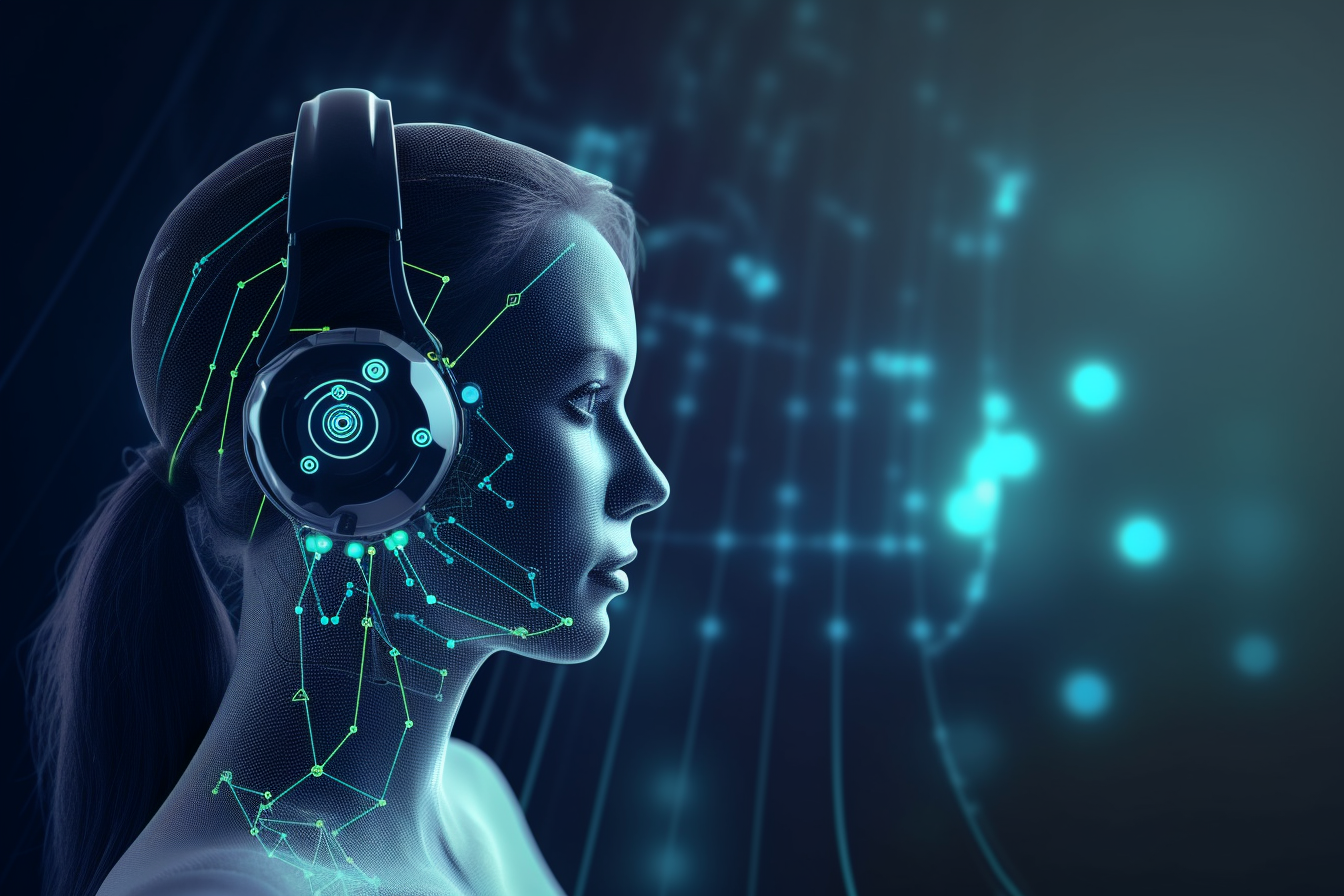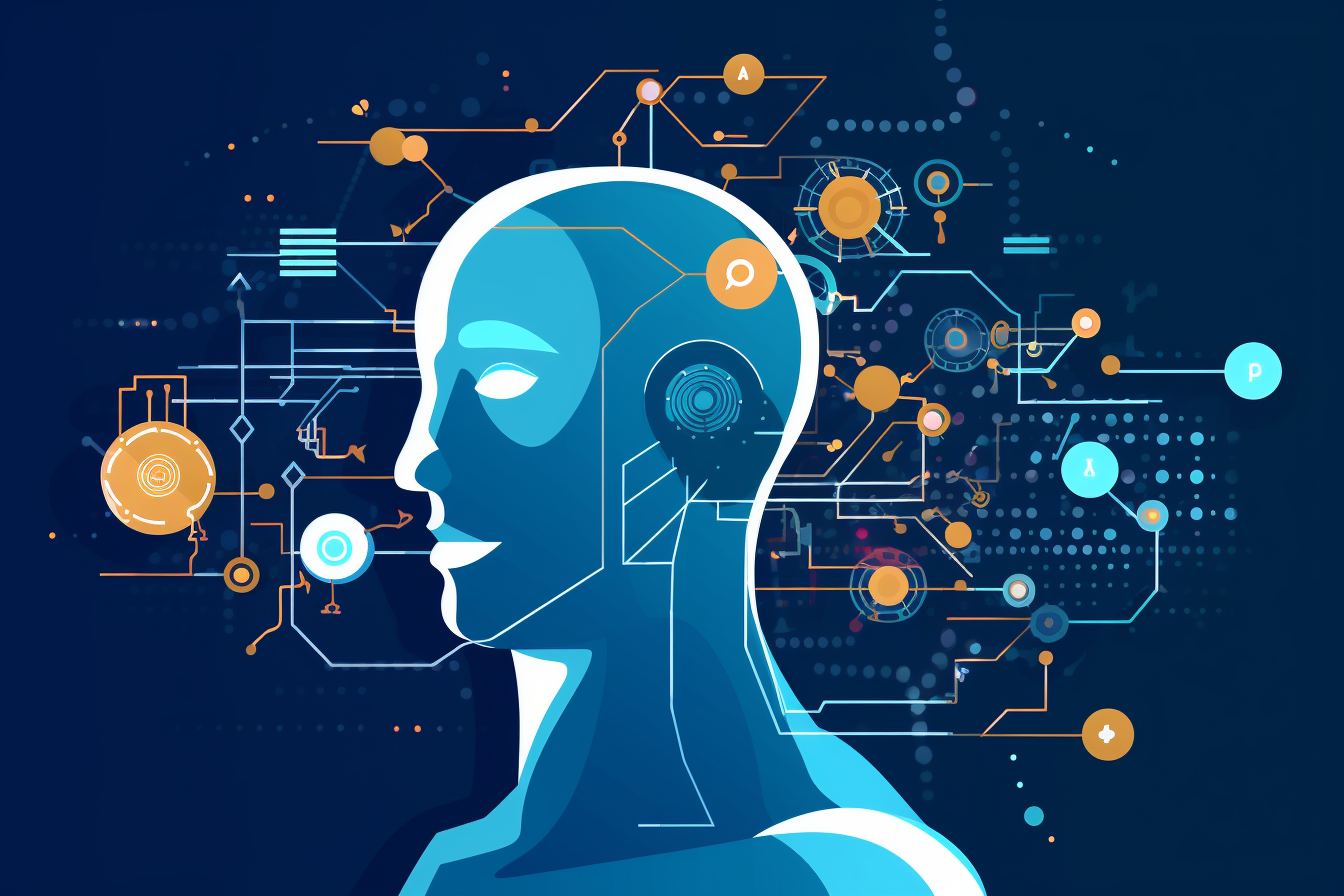ChatGPT has emerged as a valuable asset for various tasks as businesses adopt cutting-edge technologies to optimize their operations. From addressing customer queries to generating reports and analyzing data, ChatGPT is a multifaceted and efficient virtual team member. However, knowing how to ask the right questions for human feedback is essential to harness its capabilities fully. This expertise enables businesses to unlock the true potential of a virtual workforce.

ChatGPT: The Game-Changing Virtual Assistant
ChatGPT is a chatbot that leverages natural language processing (NLP) to comprehend and respond to user input in the conversation. Trained on an extensive dataset of human conversations, it can engage in discussions on a vast array of subjects. Among its many capabilities, ChatGPT can:
Generate automatic replies
Suggest blog post ideas or outlines
Research topics
Describe steps in a process
Provide sample menus
Compose introductory emails for potential clients
And much more
ChatGPT partially wrote this very blog post.
Despite its impressive capabilities, ChatGPT has certain limitations. As a program, it may struggle with context and occasionally produce biased or insensitive content. While it can deliver a wealth of information, the quality may not always be accurate or reliable. ChatGPT excels at arranging words coherently, but understanding the underlying meaning still requires human intervention.

Optimizing ChatGPT Usage by Asking the Right Questions
To make the most of ChatGPT, asking the right questions for specific tasks is crucial. By formulating clear and concise questions, you can maximize ChatGPT’s effectiveness. Be prepared to explain or provide additional context or background information when necessary.
Evaluate ChatGPT and your business model to determine how to integrate this AI into your operations. Establish a clear workflow outlining tasks that can be delegated to ChatGPT, and set expectations and boundaries based on its capabilities. Ensure that a human reviews ChatGPT’s output for accuracy and clarity.
While ChatGPT can assist in creating content like this blog post and article, human expertise is still required to guide the process and ensure quality. Although ChatGPT can save significant time and effort, it is not a replacement for human insight and understanding.
Getting Started with ChatGPT
To use ChatGPT, visit OpenAI.com and sign in with your email. Register for ChatGPT by logging into OpenAI’s website. Once you have an OpenAI account, review the Terms and Disclosures for ChatGPT and proceed through the setup process.
Addressing ChatGPT Concerns
AI systems like ChatGPT are designed to filter out inappropriate responses and can differentiate between improper requests without additional input. While ChatGPT is a powerful tool, certain tasks may not be equipped to handle or require extra guidance.
ChatGPT’s responses may vary between users and queries. Sometimes, asking the same question multiple times can yield slightly different answers. However, the core information provided is often consistent across responses.
Compared to AI tools like Google’s Bing and Bard, ChatGPT has gained popularity due to its accessibility, vast knowledge, and smooth conversational ability. Although Bing Chat and Bard offer unique features, Bing’s seamless integration with web data and its ability to cite sources make it a strong competitor.
As with any language model, ChatGPT may provide inaccurate information or misunderstand questions. It continuously learns from user inputs and online text, which can expose it to false information. OpenAI encourages users to provide feedback using the in-app arrow keys and ChatGPT menu buttons. Users can also earn up to $20,000 for using tips and reporting bugs as Open
Expanding the Scope: ChatGPT Integration and Industry Applications
Streamlining Customer Support with ChatGPT
Incorporating ChatGPT into your customer support system can significantly improve response times and reduce the workload of your support staff. ChatGPT allows your human employees to focus on more complex or specialized issues by handling routine inquiries and providing instant answers to frequently asked questions. This enhances customer satisfaction and contributes to a more efficient support team.

Content Creation and Marketing Strategies
ChatGPT can be a valuable asset for content marketers and writers, as it can generate creative ideas, suggest engaging headlines, and even draft initial versions of articles. Automating certain aspects of the content creation process allows marketing professionals to focus on the details of crafting compelling narratives and refining their brand messaging. With ChatGPT, you can generate a steady stream of fresh, engaging content for your audience with minimal effort.

Enhancing Internal Communication and Collaboration
ChatGPT can be employed to improve internal communication and collaboration within your organization. By providing instant answers to employees’ questions and helping them navigate company resources, ChatGPT can save time and enhance overall productivity. Moreover, it can facilitate knowledge sharing among team members and support remote or distributed teams by serving as a centralized information hub.

Sales and Lead Generation Support
In the realm of sales and lead generation, ChatGPT can be a game-changer. Composing persuasive introductory emails and engaging follow-up messages can help streamline your sales outreach process. Additionally, ChatGPT can generate leads by analyzing customer data and identifying potential clients who may be interested in your products or services. With ChatGPT’s support, your sales team can focus on nurturing relationships and closing deals in a few ways rather than getting bogged down in repetitive tasks.

Training and Skill Development
Finally, ChatGPT can be an invaluable tool for training and skill development within your organization. Providing customized learning materials, quizzes, and interactive exercises, can facilitate employee growth and help them acquire new skills. This adaptive learning approach can cater to individual needs and learning styles, ensuring your team stays engaged and up-to-date with industry trends and best practices.

Setting Clear Objectives and Fine-Tuning Your ChatGPT Interactions
Importance of Defining Specific Goals with ChatGPT
When interacting with ChatGPT, it’s essential to have well-defined goals in mind. By clearly understanding your aim, you can better tailor your questions and prompts to obtain the most relevant and accurate results. Setting specific objectives ensures that you maximize ChatGPT’s capabilities and avoid wasting time and effort on irrelevant or unproductive responses.
The Art of Crafting Effective Prompts
Asking the right questions is critical when working with ChatGPT. To obtain useful and accurate information, carefully craft your clear, concise, and focused prompts. Avoid ambiguous or overly broad questions, leading to imprecise or irrelevant results. Instead, provide sufficient context and specificity to guide ChatGPT toward generating the desired output.
Adapting to ChatGPT’s Limitations
Being aware of ChatGPT’s limitations can help you adapt your questions and expectations accordingly. While ChatGPT excels at many tasks, it may struggle with context, produce biased content, or deliver inaccurate information. Recognizing these shortcomings allows you to work around them by refining your prompts, providing additional context, or seeking human intervention when necessary.
Strategies for Enhancing ChatGPT’s Performance and Output Quality
Iterative Questioning: A Key to Success
When working with ChatGPT, adopting an iterative questioning approach can significantly improve its output quality. If the initial response isn’t satisfactory, refine your prompt or provide additional context to guide the AI toward a better answer. This process of gradual refinement can help you extract the most relevant and accurate information from ChatGPT.
Utilizing Follow-up Questions to Gain Clarity
Sometimes, ChatGPT’s responses may be incomplete or lack sufficient detail. To address this, use follow-up questions to delve deeper into the topic and obtain more comprehensive information. By asking specific, targeted follow-up questions, you can enhance the quality of ChatGPT’s output and ensure that it aligns with your objectives.
Combining ChatGPT with Human Expertise
While ChatGPT is a powerful tool but not a substitute for human expertise. To optimize the use of this AI technology, combine its capabilities with human insight and understanding. Review ChatGPT’s output for accuracy, relevance, and clarity, and refine it as necessary. This collaboration between AI and human intelligence can lead to more accurate, reliable, and meaningful results.
Monitoring ChatGPT’s Progress and Evolving Your Strategy
Continuous Feedback and Improvement
To ensure ChatGPT’s performance improves, provide regular feedback on its responses. You can help refine the AI’s understanding and output quality by highlighting inaccuracies or areas for improvement. OpenAI encourages users to utilize the in-app feedback mechanisms to contribute to ChatGPT’s ongoing development and optimization.
Adapting to ChatGPT’s Updates and New Features
As ChatGPT evolves and new features become available, be prepared to adapt your strategy and questioning techniques accordingly. Stay informed about the latest updates, best practices, and user experiences to ensure you maximize ChatGPT’s capabilities. You can maintain a cutting-edge approach to leveraging this AI technology by staying up-to-date.
Preparing Your Organization for the Future of AI-Powered Communication
Training Your Team on Effective ChatGPT Usage
To optimize your organization’s use of ChatGPT, invest in training your team members on effective questioning techniques and best practices. Equip them with the skills to craft clear, concise, targeted prompts that yield accurate and meaningful results. By fostering a learning and continuous improvement culture, you can ensure that your team stays ahead of the curve in leveraging ChatGPT’s capabilities. In addition, share insights and experiences among team members to collectively learn from successes and challenges, fostering a collaborative approach to AI-powered communication.
Creating a Robust ChatGPT Integration Plan
Develop a comprehensive plan for integrating ChatGPT into your organization’s workflows and processes. Begin by identifying areas where ChatGPT can add the most value, such as customer support, content creation, or internal communications. Establish clear guidelines for ChatGPT usage, including appropriate tasks, responsibilities, and limitations. By having a robust integration plan, you can ensure a smooth transition to a more efficient, AI-driven workflow.
Measuring Success and Evaluating ROI
It’s essential to monitor the impact of ChatGPT on your organization’s performance and evaluate its return on investment (ROI). Establish key performance indicators (KPIs) that align with your objectives and track them over time to measure the effectiveness of ChatGPT’s integration. By regularly assessing the ROI of your ChatGPT deployment, you can make informed decisions on how to optimize its usage and allocate resources for future AI initiatives.
Adhering to Ethical and Responsible AI Practices
As you incorporate ChatGPT into your organization, adhering to ethical and responsible AI practices is crucial. Be mindful of potential biases, inaccuracies, or privacy concerns associated with AI-generated content. Establish guidelines and processes to ensure that your organization’s use of ChatGPT aligns with your values and complies with relevant regulations. By prioritizing ethical considerations, you can build trust with your stakeholders and position your organization as a responsible AI adopter.
Conclusion
As AI-powered communication tools like ChatGPT continue to evolve, mastering the art of asking the right questions and having clear goals is critical to harnessing their full potential. By refining your questioning techniques, providing regular feedback, and effectively integrating ChatGPT into your organization, you can optimize this emerging technology and drive meaningful results. By fostering a culture of collaboration between human expertise and AI capabilities, your organization can stay ahead of the curve and thrive in an increasingly AI-driven world.



